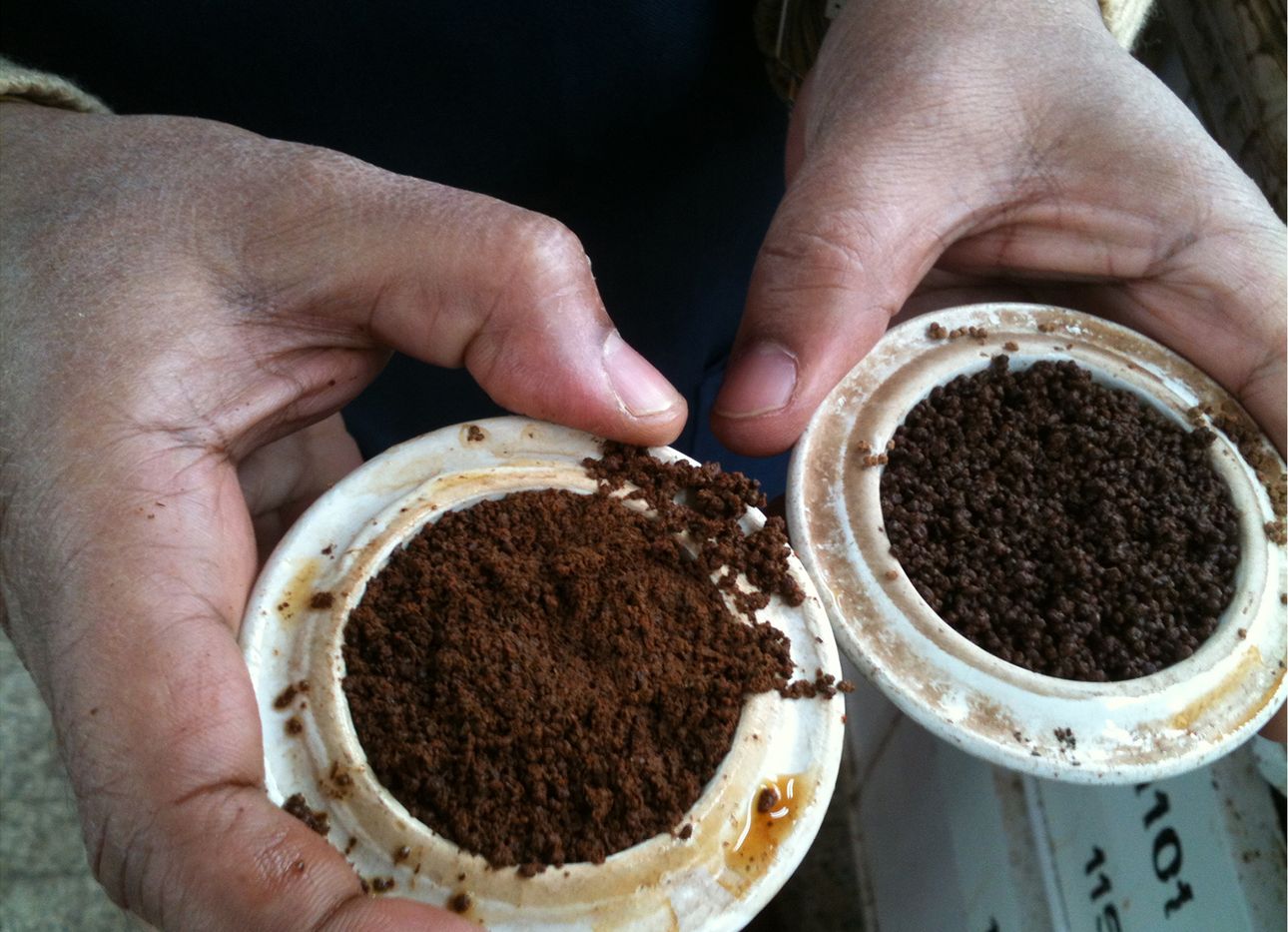
How Iced Tea Came to Be
“What makes a good cup of tea?” anthropologist Sarah Besky asks, in the introduction to her latest book, Tasting Qualities: The Past and Future of Tea (University of California Press). “Ask consumers in different tea-loving places, from London to Lucknow to Louisville, and you’ll likely get different answers.” Tea, like so many everyday foods found at the grocery store, has a long history of commodity, globalization, and trade. And despite its natural variability in taste and scent that, much like wine, can be attributed to seasonality and terroir, modern industrial food science has led to a host of standardized proprietary blends that obscure their sources of origin, often in the name of marketability.
Warmer days conjure the taste and smell of fragrant iced tea, especially in the U.S., where the summer drink is as American as apple pie: The beverage exploded in popularity after the 1904 World’s Fair in St. Louis, when merchant and tea plantation owner Richard Blechynden, desperate to boost sales in the sweltering heat, began to serve his hot tea chilled. These days, the familiar aromas we may associate with store-bought mainstays or instant version of the stuff—lemony, floral, sweet, and slightly tannic—are more a function of chemistry than nature that, as Besky says, “takes away the remarkable variability of tea in order to make it, in essence, the same.”